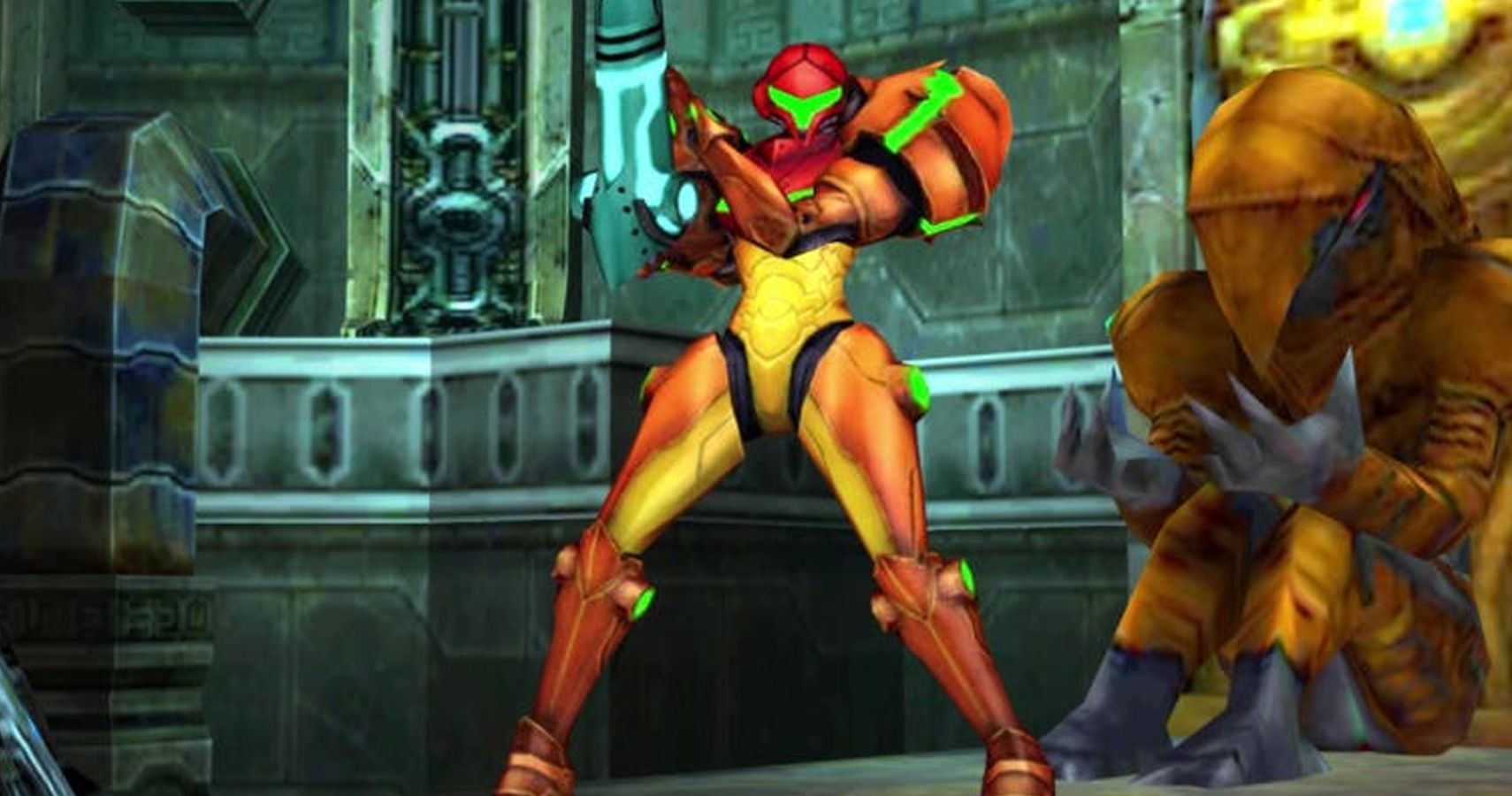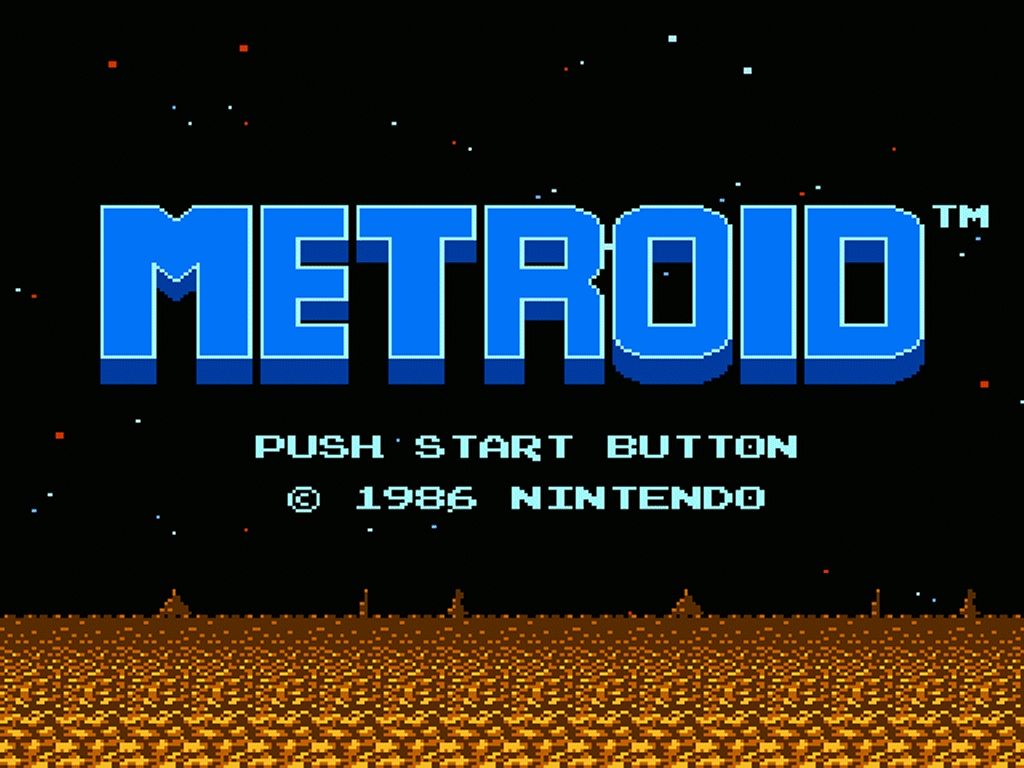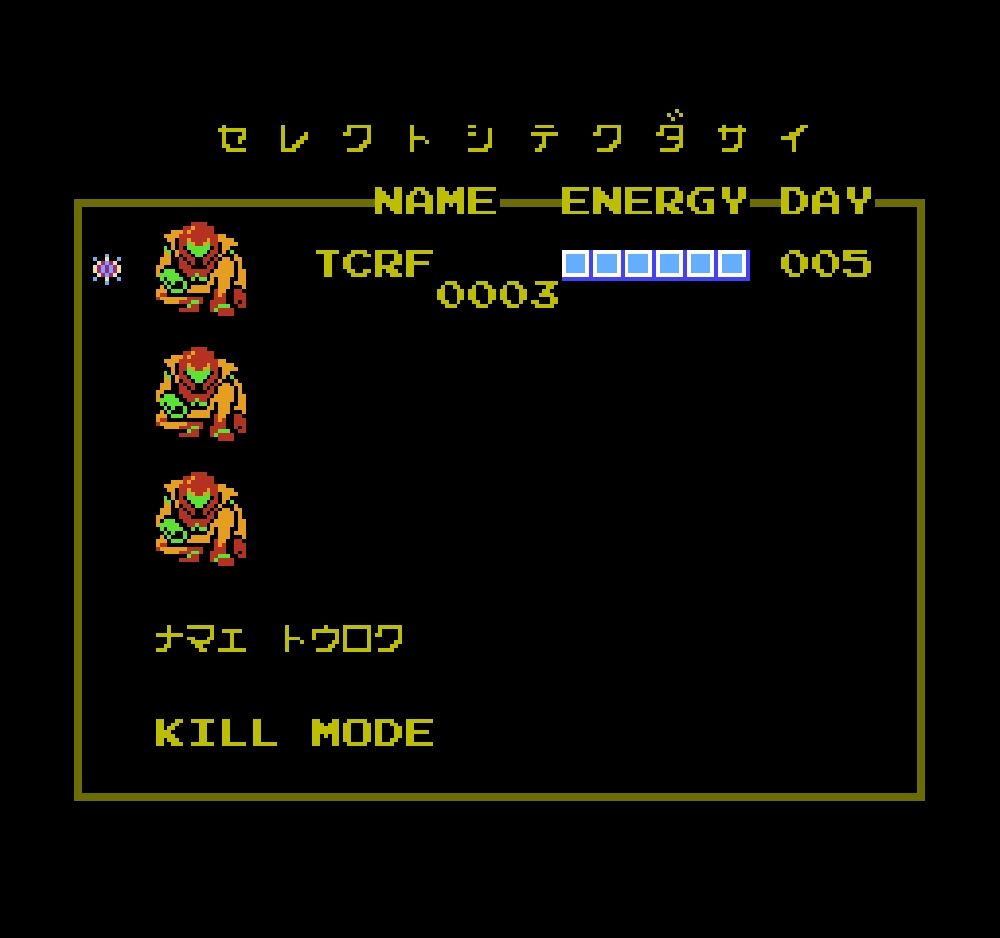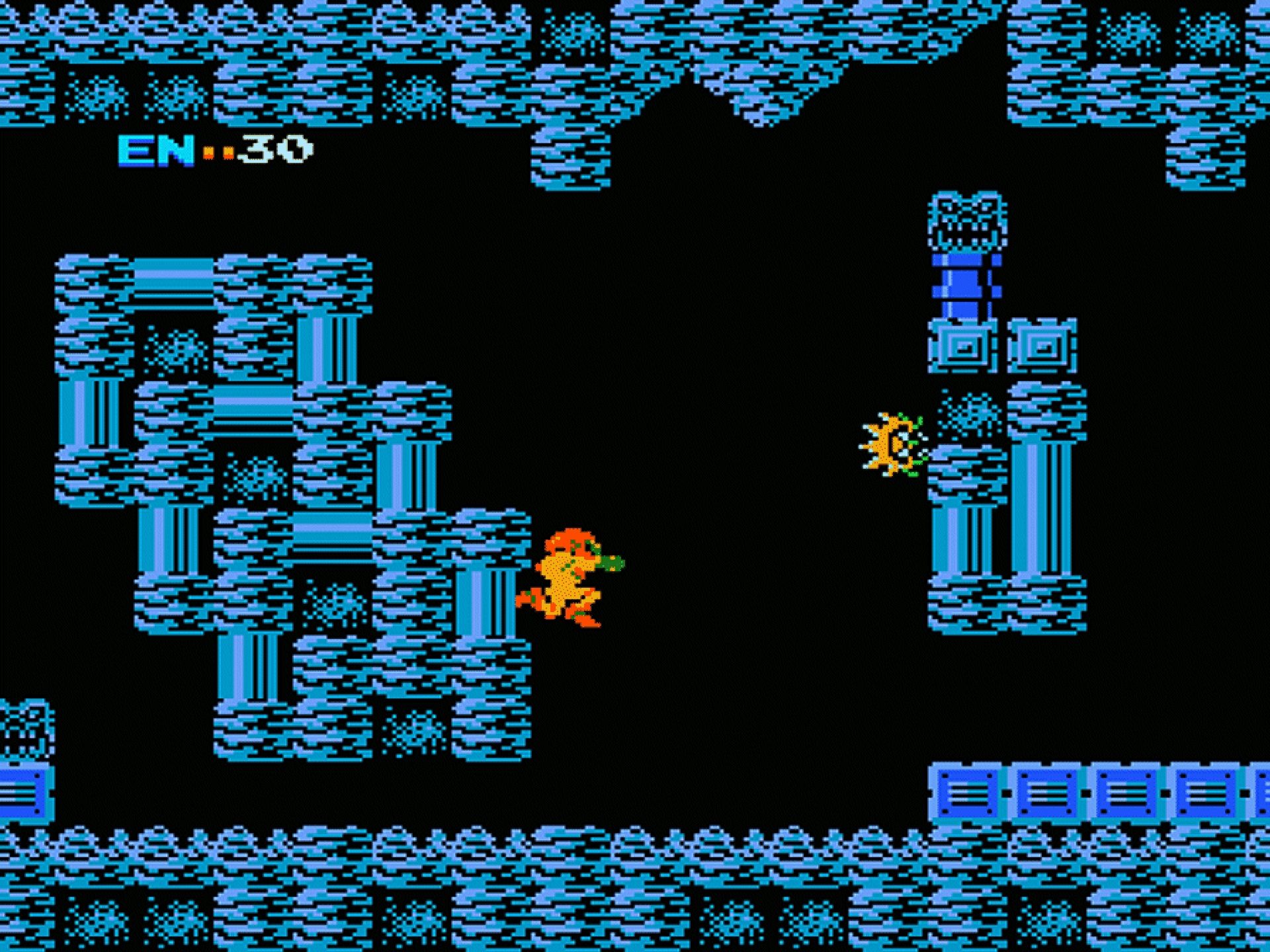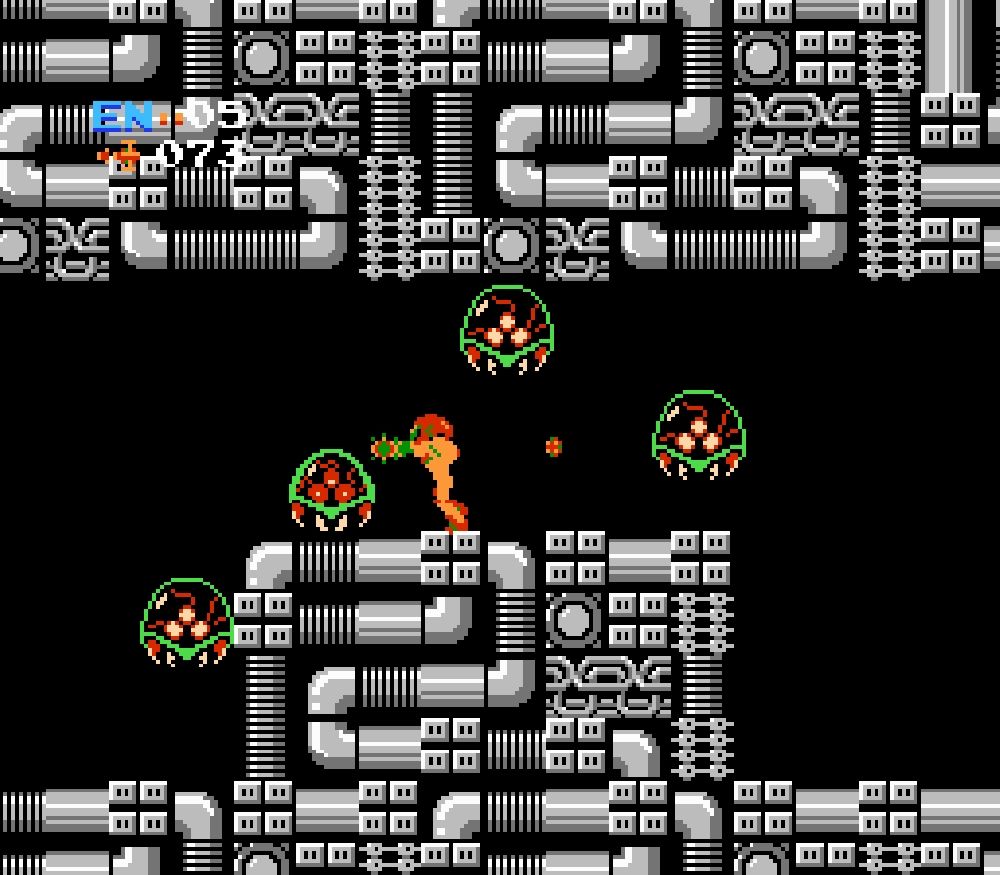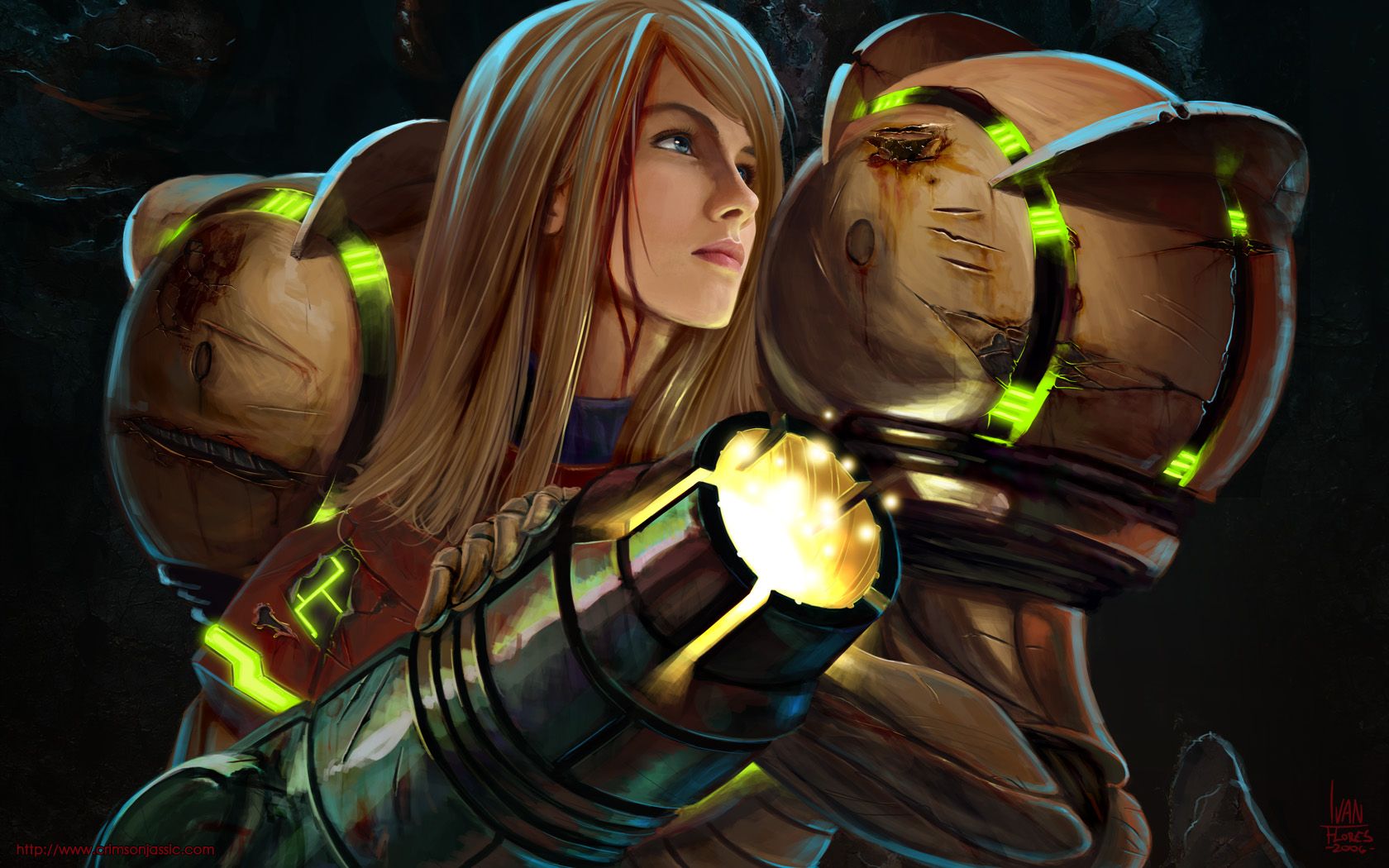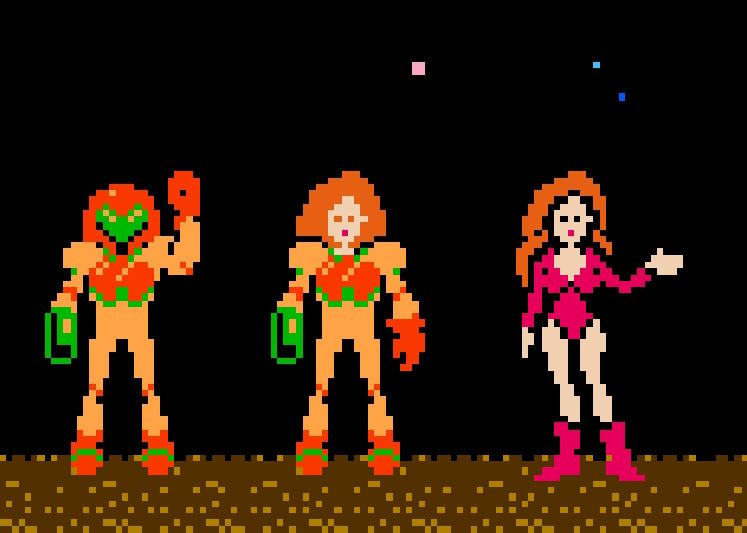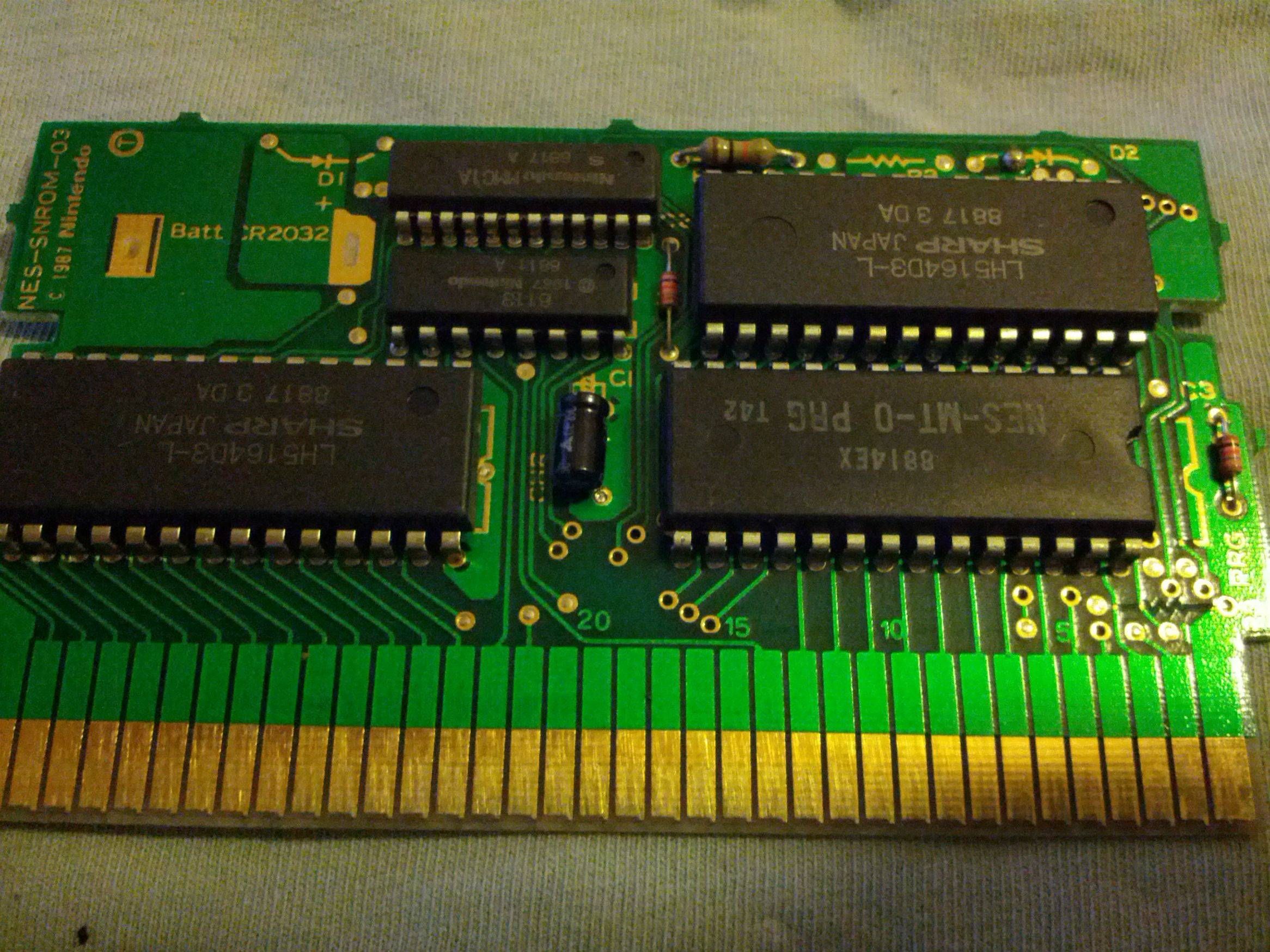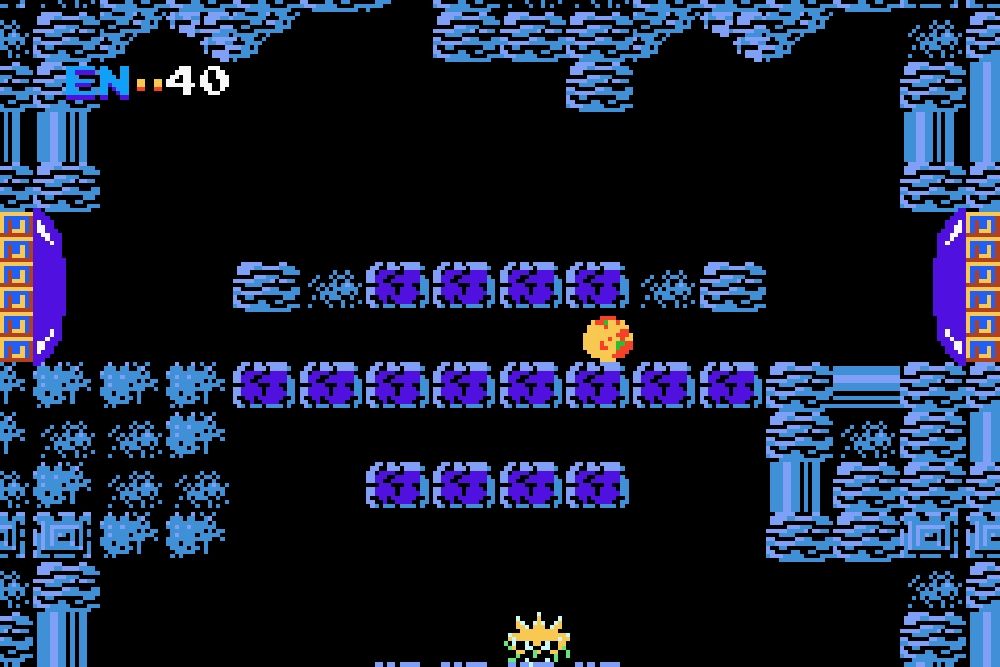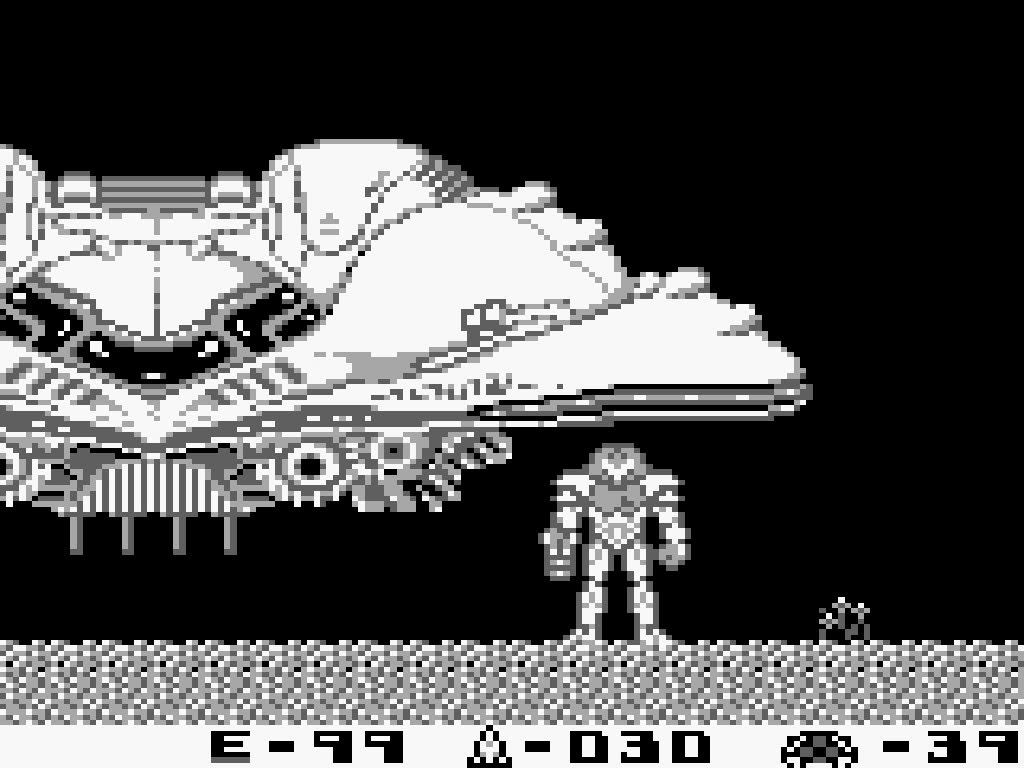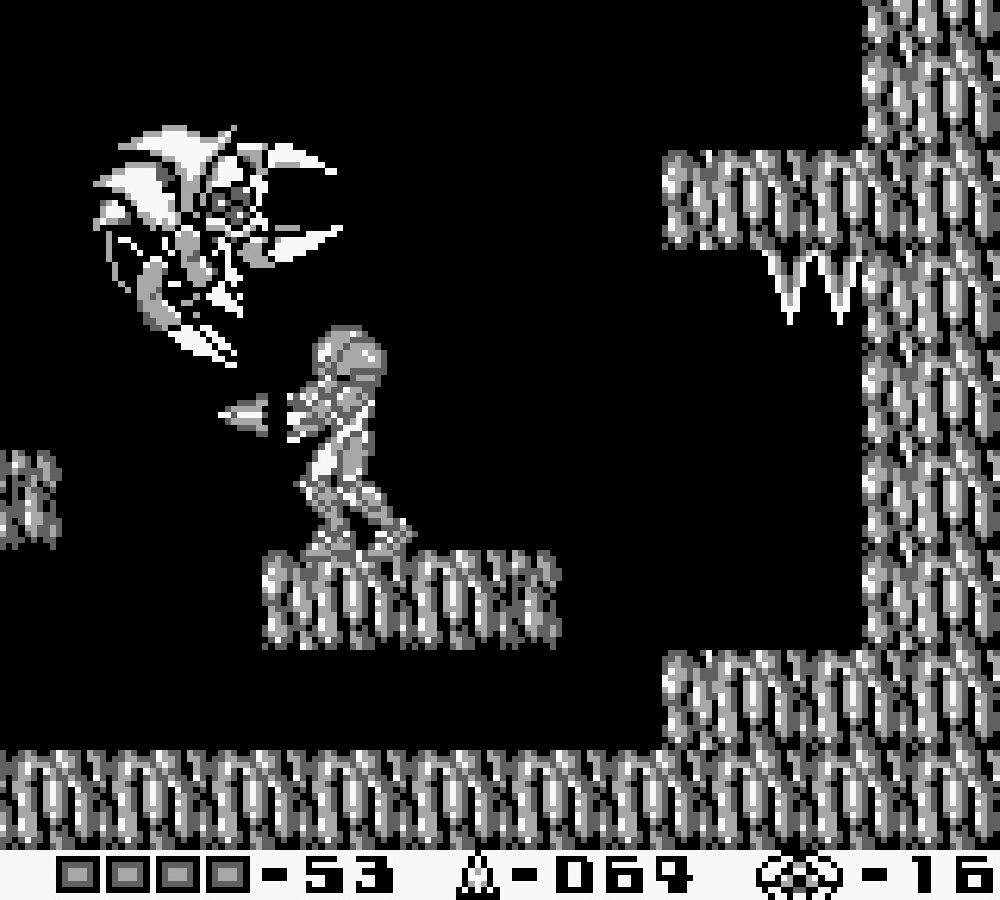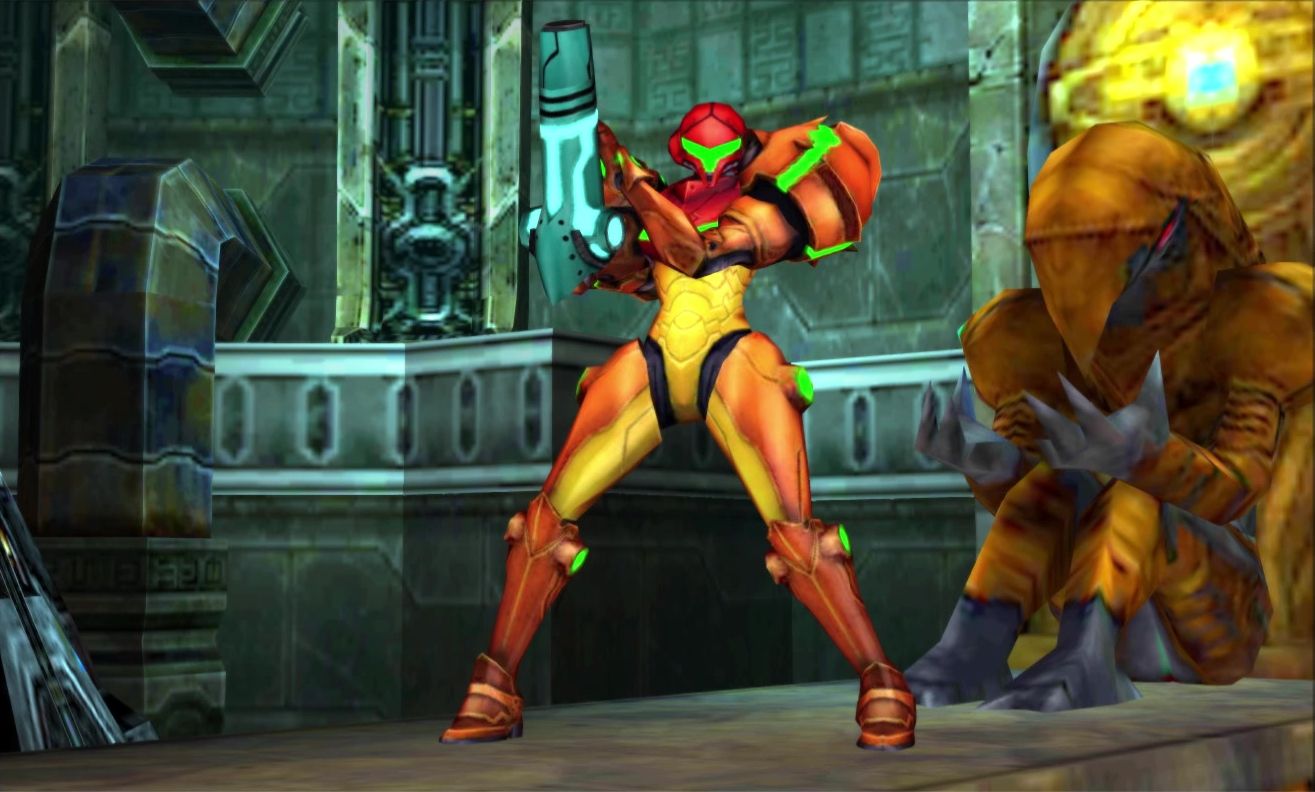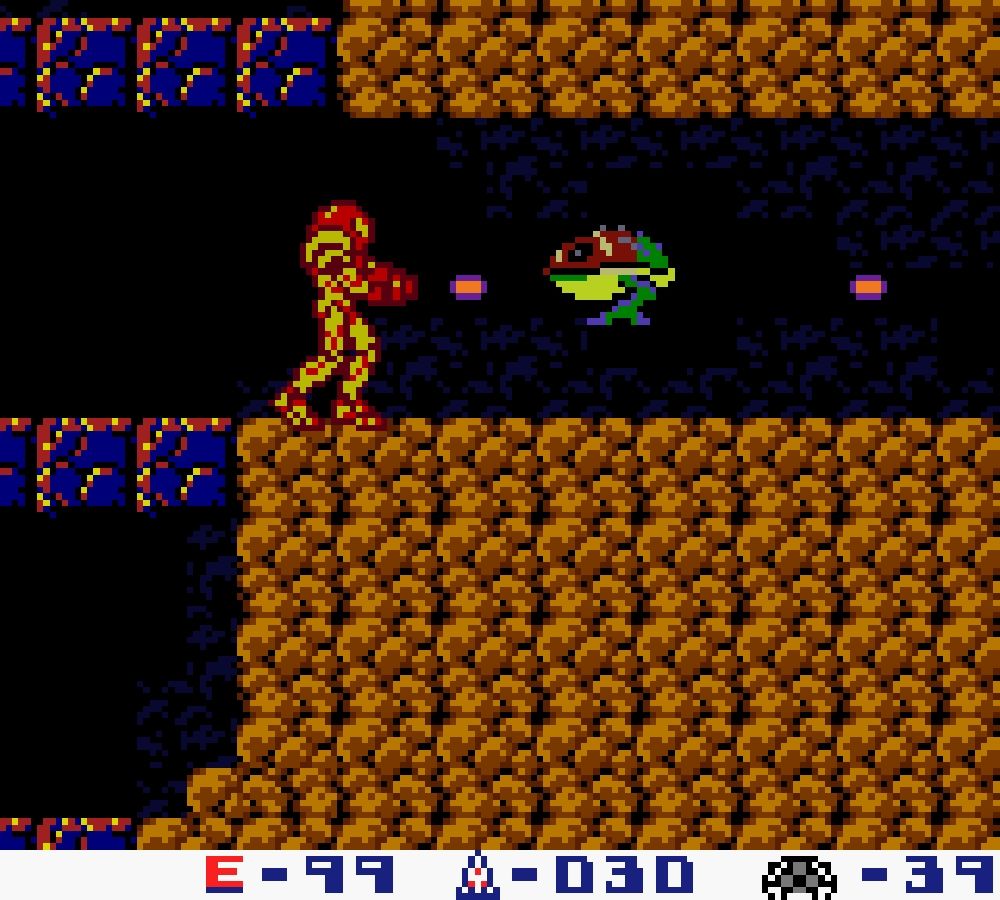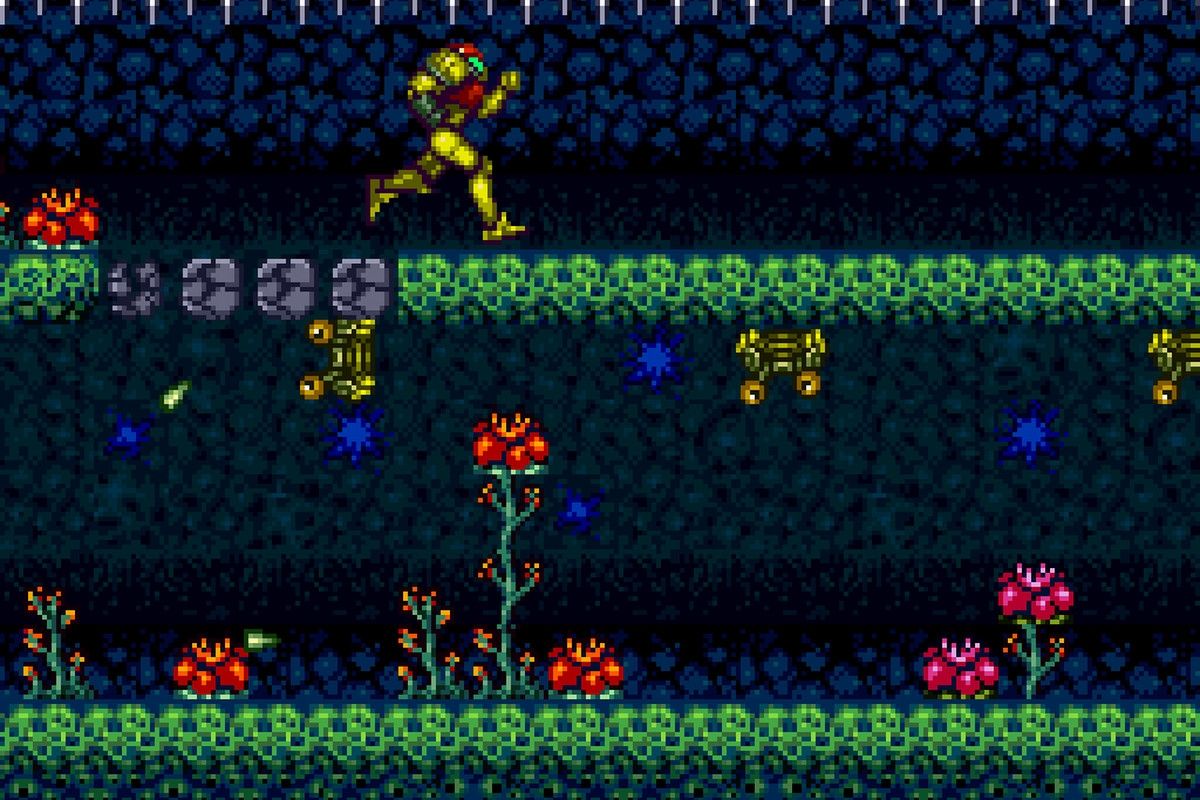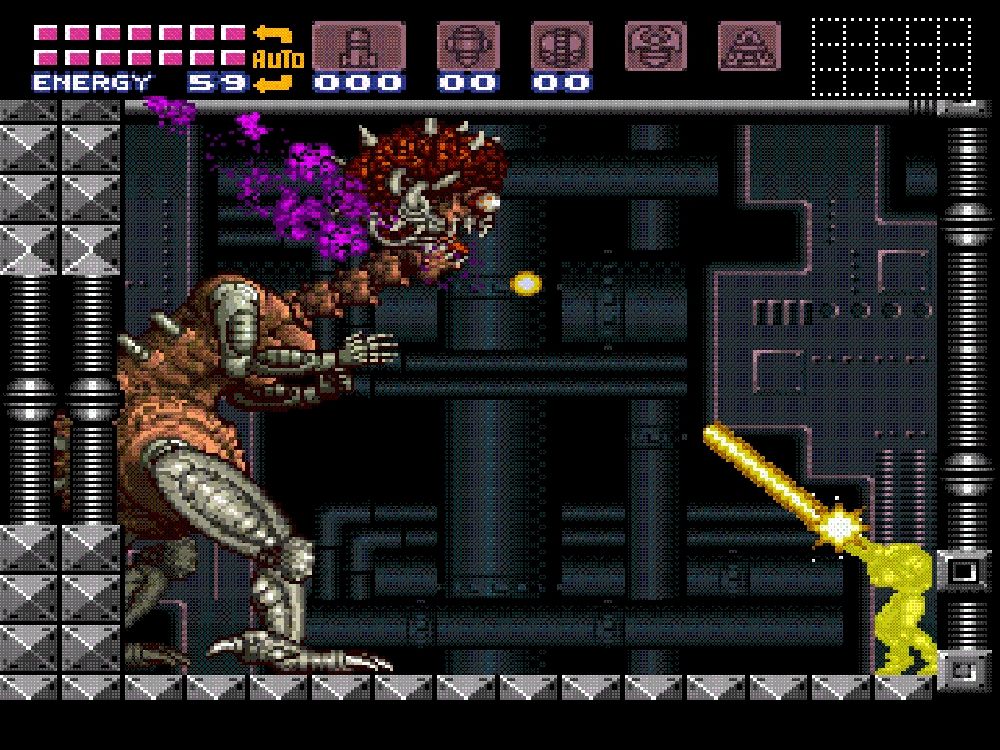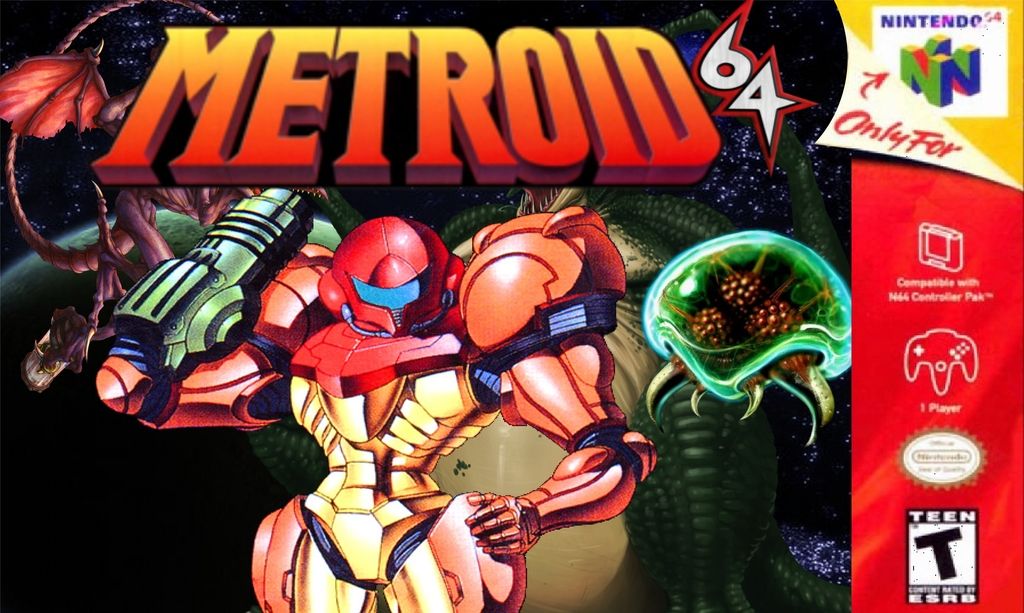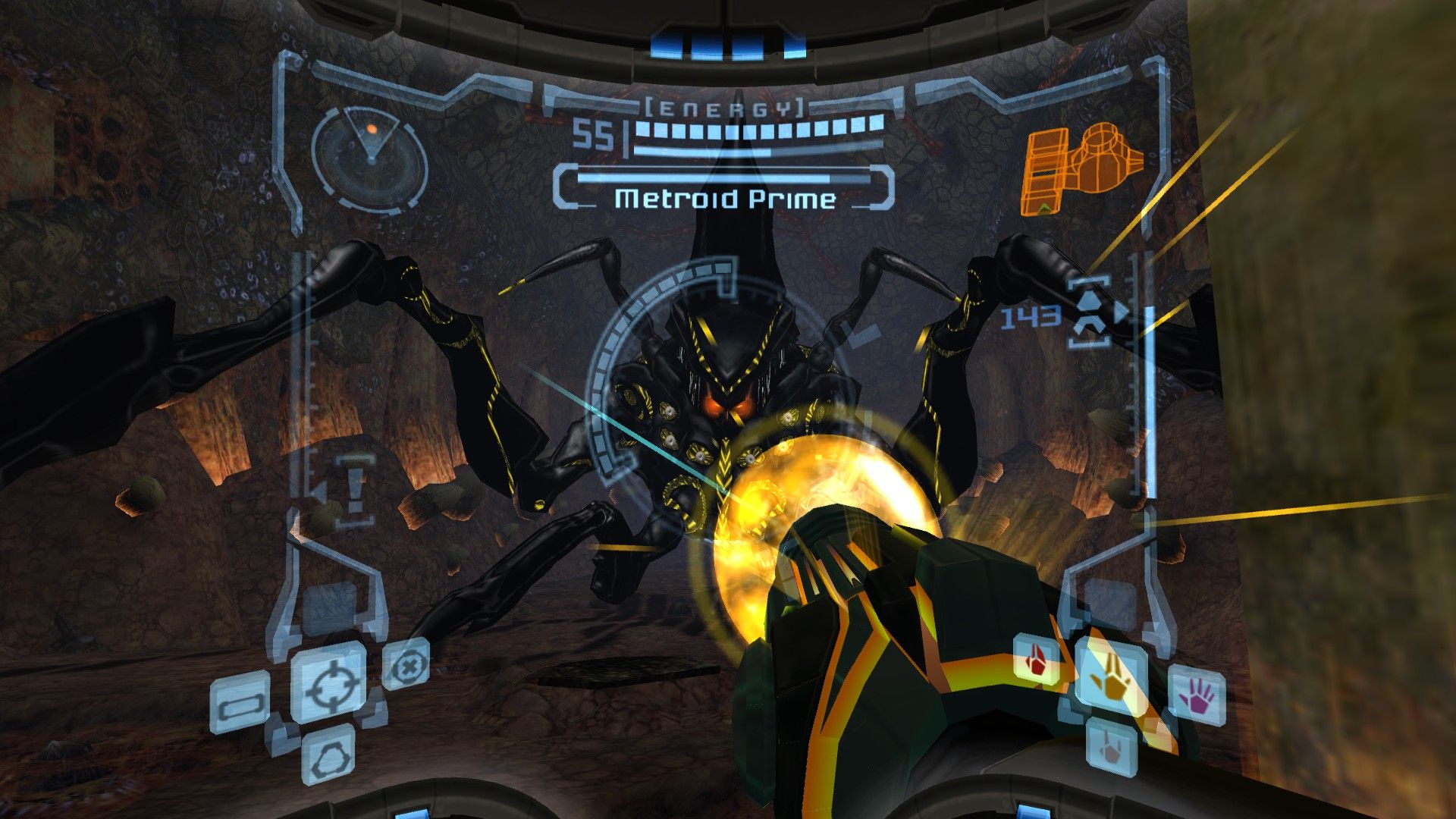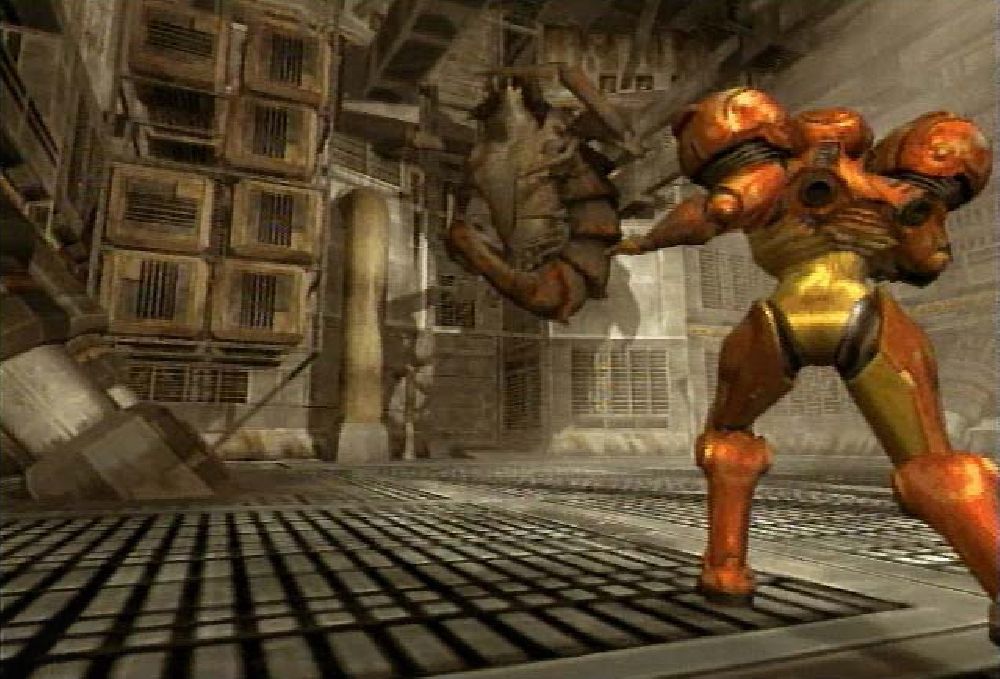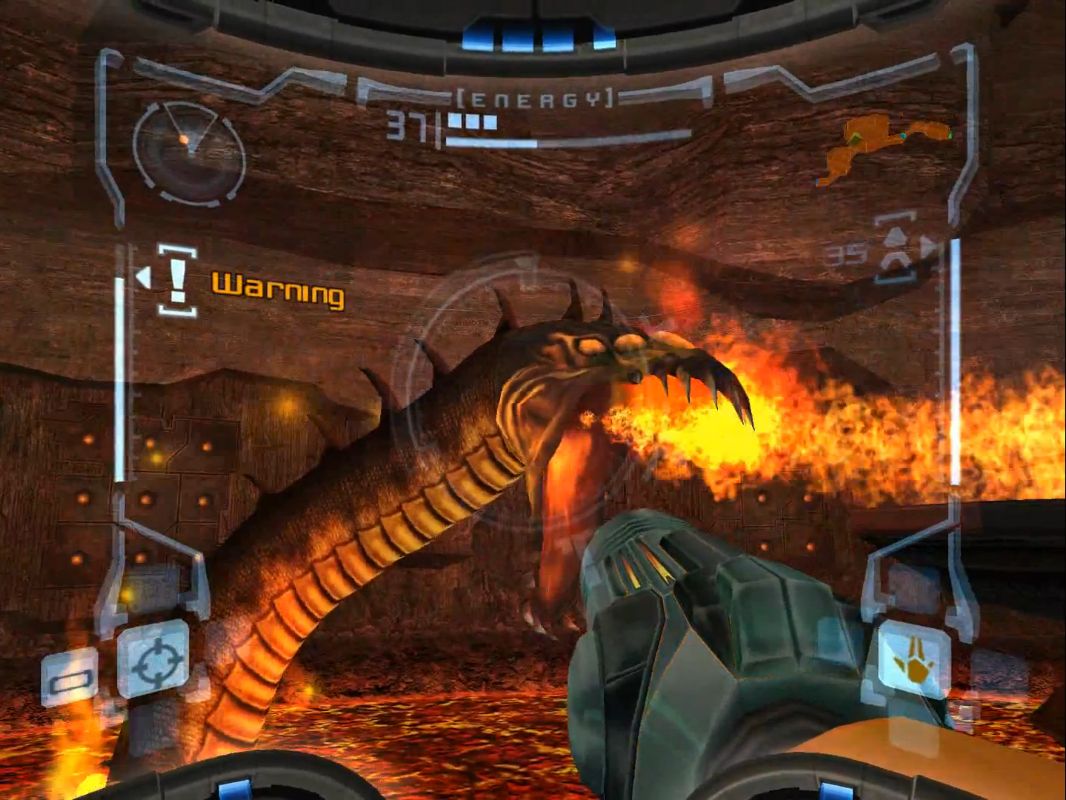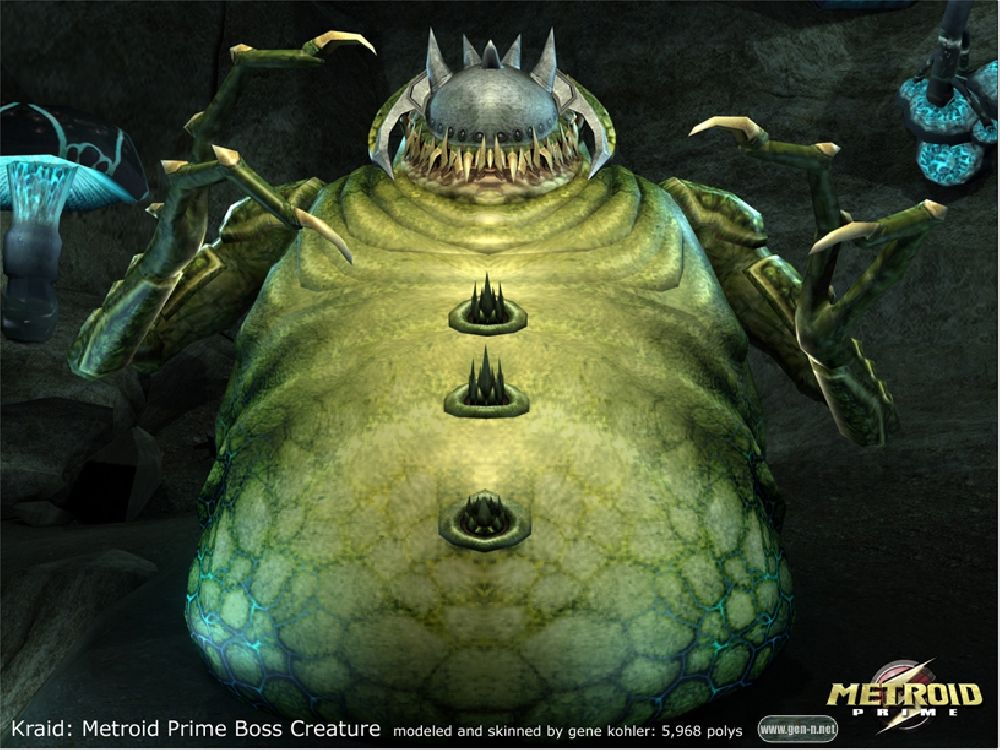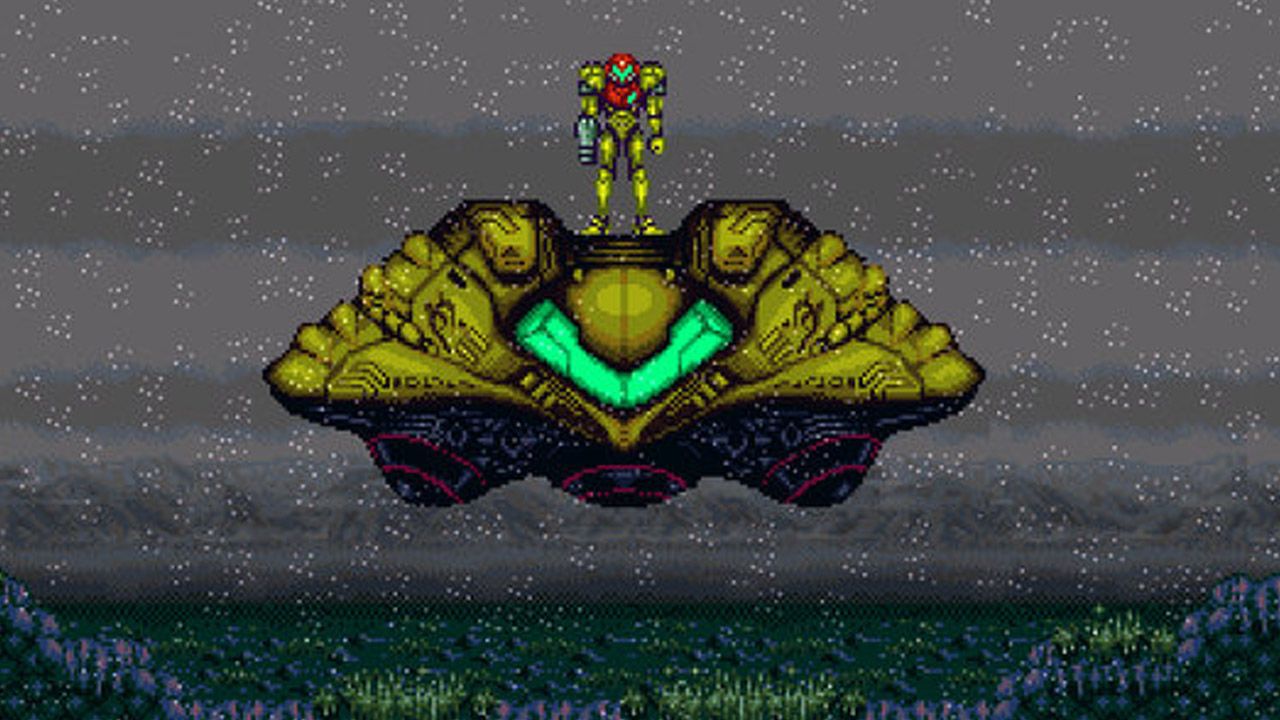The Metroid series is over 30 years old now, and unlike most of Nintendo’s famous franchises, absolutely nothing special was done on its anniversary. The only thing involving the franchise to happen in 2016 was the release of Metroid Prime: Federation Force, which while fun in parts, is hardly anything to celebrate. Sure, we also got an announcement that Metroid Prime 4 was going to come to the Switch, but since then, silence. No screenshot, no video, nothing to even indicate that the game was still being worked on. A remake of Metroid II was the lone glimmer of hope that has kept gamers involved in the meantime.
Despite Nintendo’s general nonchalance towards the world’s foremost space bounty hunter, long-time fans of the series remain some of the most loyal in the industry. The Metroid community is passionate about the series’ backstory, but also about speedrunning. The games’ non-linearity means that the franchise lends itself particularly well to sequence breaking and the exploitation of bugs. The first Metroid was indeed an early favorite of the nascent speedrunning community in the 80s.
The fanbase’s passion means that articles about the games and interviews with the development teams are widely available, making it a fascinating franchise to read about. The history of Metroid is one of hardships and bad timing, but also of survival and success. It is so interesting that we thought we would take thirty of those lesser-known facts to illustrate everything that went into designing this series and keeping it alive by all means necessary.
30 The Origin Of The Name
The series’ name is obviously a made-up word, but it doesn’t mean it’s meaningless. The meaning was explained by director Yoshio Sakamoto on a Japanese TV show in the early 2000s. “Metroid” comes from the words “metro” and “android”. The first one is because the game was taking place mostly underground, like a subway or metro. The second one was because Samus’ suit kinda made her look like a robot. The two words just gelled so well together that the whole franchise was named after it.
29 The Japanese Version Has No Cheat Codes
The Japanese version of Metroid was released on the Famicom Disk System, which means that the game’s disk was rewritable, unlike the cartridge used in the west, which had to disks and no batteries to back up the game files. Therefore, Japanese gamers could save their games without the pesky passwords that Western gamers had to write down and inevitably lose. The downside of this is that the password screen was also the only way to access the game’s cheat codes, making them a Western-exclusive feature.
28 The Inspiration Behind The Gameplay
Even though the first game was not designed by Nintendo’s superstar Shigeru Miyamoto, Metroid was hugely inspired by both Mario and Zelda. Gunpei Yokoi, head of the development team, wanted to make something completely different, hoping to show that his concepts could be just as popular as Miyamoto’s. Combining Mario’s platforming with Zelda’s sense of adventure, Metroid tried to impose its own style;
The game world is much darker than the brightly-colored worlds of Miyamoto’s projects.
The result was something unlike anything else seen at the time, but with gameplay that still felt familiar enough to be easily picked up.
27 The Inspiration Behind The World
Once they had their concept, Nintendo needed a world for the game to inhabit. The development team had been particularly impressed by the movie Alien and the work of the film’s creatures’ designer, H.R. Giger. They tried to give the game a similar atmosphere, and to make the monsters as intimidating as those of the movie. They even named one of the bosses “Ridley”, after director Ridley Scott. The fact that the main character is a woman, something that was still unusual at the time, came about in a completely different manner.
26 Samus Is A Trailblazer
Samus Aran was only the second playable human female character in gaming, only predated by Kissy from Alien Sector by a single year. All other female characters before that were cartoons or caricatures like Ms. Pac-Man. Interestingly, Nintendo hadn’t thought about the character in the suit; it’s only halfway through development that they thought it would be an interesting surprise if the game’s ending revealed that the character had been a woman all along. It was a throwaway revelation, but every revolution has got to start somewhere.
25 The Truth About Justin Bailey
“Justin Bailey” became famous when the world learned that inputting the name at Metroid’s password screen would make Samus lose her armor but gain 255 missiles. Teenage boys in the 80s were really impressed and excited to learn about it, so the name became famous around schoolyards everywhere.
But who is Justin Bailey, and why is his name in the game?
Turns out, it’s just a random sequence generated by the password system which gives everything in the game a certain state. That it happens to make sense to a human being is pure coincidence.
24 Metroid’s Missing Battery
Metroid for NES uses passwords as a save system but opening up the cartridge shows that the game’s board has an unused slot for a battery. The board is similar to that of The Legend of Zelda, one of the first Nintendo games to have that feature in the West. It shows that Metroid could have benefitted from the same system as it does in the Japanese version, but the feature was never implemented. It’s unclear why it was left out, but at least the passwords allowed gamers to tinker with the game beyond what Nintendo originally intended.
23 The Reason For The Morph Ball’s Existence
The iconic Morph Ball has been a Metroid trademark since the start. In fact, it is generally the first item acquired by the player. However, the ability was created not because it looks cool, but because of technological limitation: the team could not figure out how to create a good crawling animation for Samus, and they had all these labyrinths with tiny passages already in place. The simplest solution was to just turn her into a ball, and the rest is history.
22 Metroid’s Return
The first Metroid was a Famicom Disk System-exclusive in Japan, an add-on which was only purchased by about 40% of Famicom owners. This attach rate means the game bombed in sales, especially since it was one of the last games released for the peripheral. It thankfully did better in the West. With Metroid being a creation of Game Boy’s father Gunpei Yokoi, the man took it upon himself to give his franchise a second chance on his new device. It fared better than the first one, but sales were still lackluster.
21 Those Shoulder Pads Are There For A Reason
The big shoulder pads look of the Varia Suit started with Metroid 2, even though the suit was present in the first game. The NES title used colors to make a distinction between Samus’ regular suit and the powered-up version, something which was impossible on the Game Boy.
To make the difference visually striking, the sprites would have to be different from one suit to the other.
The shoulder pads were added to the Varia Suit, and the look was so iconic that it stayed into the sequels.
20 Localization Issues Become Canon
The Varia Suit, which has been said to stand for « Variable » or « Variety », is actually just a mistranslation from the Japanese name. In the original version, it is named the Barrier Suit, as it is supposed to protect Samus from the elements. It makes a lot more sense than the fan theory. Still, the “Varia” name proved to be popular with the Western crowd, plus it sounds cooler, so the mistake stuck and became the official English name, even in the sequels.
19 The Secret Metroid Colors
Metroid 2: Return of Samus for Game Boy was developed by the Nintendo R&D1 team, before it was split into several sub-teams. The same team worked on the Game Boy Color hardware, which was still compatible with earlier monochrome games and applied a set palette to the games depending on which buttons were pressed when the console was turned on. The team took the opportunity to program in a “Metroid Palette”, which makes Samus appear her proper color if Metroid 2 is indeed played on the console.
18 Super Metroid Development Woes
After the disappointing sales, it took a while to convince Nintendo to make a SNES sequel. Things did not improve once development was underway. The game was constantly swelling in size due to the team’s ambitions, but the delays caused by these additions meant that the game’s budget kept shrinking. Combined with the fact that it was going to be the biggest cartridge ever at the time in sheer data size, Nintendo feared an expensive disaster and nearly canceled the game three times. Thankfully, cooler heads prevailed and a classic was born.
17 The Metroid-Godzilla Connection
Late into the production of Super Metroid, the developers thought that the enemies’ cries of pain were not creepy enough. They wanted something less cute and with a bit more impact to signify how scary those beasts were supposed to be. Out of resources, they decided to sample sound effects from various Godzilla movies and put them straight in to the game. Notably, Mother Brain sounds like Mothra, Ridley has Anguirus’ voice, and Crocomire has the roar of Titanosaurus. The impressive sound effects were a great complement to one of gaming’s greatest soundtrack.
16 The Metroid Vaporware
Metroid 64 was announced in Nintendo Power in the 90s, with a simple paragraph in the magazine’s “Pak Watch” section. The title was on the list for several years, but the game never materialized.
The truth is that the game was approved, but never even entered production.
According to Nintendo, everyone liked the idea of a new Metroid, but no one could come up with “concrete ideas”. The project was scrapped entirely and quietly removed from the “upcoming” list. The franchise stayed dormant until the Gamecube finally came to town.
15 Metroid Prime Was Supposed To Be A One-Off
Nintendo rarely allows non-Japanese studios to work on first-party games, and that feat was even rarer in the early 2000s. With Rare’s work on Donkey Kong helping ease their mind, Nintendo went to Retro Studio, a brand-new developer out of Austin, Texas. They ordered five games from them, with one of them being a 3D Metroid, which was an unproven concept at the time. The game was only supposed to be a one-off, but it was so successful that a full trilogy was finally ordered after sales numbers came in.
14 Issues With Retro Studios
Metroid Prime might be seen as a classic now, but expectations were low at the time of release. That is because its development was marred in controversy. Retro Studio’s founder, Jeff Spangenberg, left the company under dubious circumstances. There was also uncertainty because four of the five games planned by the studio had then been canceled. Finally, the demo shown at Spaceworld in 2001 was a 3rd person adventure which looked flimsy and unimpressive. Things were looking bad for Metroid once again, but thankfully Nintendo had an ace in their pocket.
13 Nintendo’s Savior Strikes Again
Though he had never worked on the series before, Nintendo sent Shigeru Miyamoto to help Retro Studios finish Metroid Prime.
He overhauled it, changing the perspective from 3rd person to 1st person.
He was also responsible for the implementation of the beautiful HUD, and all the little elements like the rain falling on the visor, or Samus’ own reflection being visible on the helmet. Under his guidance, the studio’s culture is said to have improved tremendously, and the game was finally delivered to critical acclaim despite a troubled development period.
12 Kraid Was Cut From Metroid Prime
Kraid is noticeably absent from Metroid Prime, but he was originally going to be in the game. He made it all the way to his model being created and textured, but he was cut because the team did not have enough development time to finish everything. Though it was reported that he was replaced by the Omega Pirate, the truth, according to the game’s modelling artist, is that the pirate was designed independently and was already included by the time work started on Kraid.
11 Super Metroid’s Cancelled Return
In the same way that the NES Metroid was available if you linked the game with Metroid Fusion through a Game Boy Advance Link Cable, Metroid Prime was originally going to include Super Metroid as a bonus. This was cancelled because Nintendo needed a third-party emulator to make the game run, since they had not developed their own at that point. Wanting to avoid legal problems, they simply dropped it. The idea was revisited for Metroid Prime 2, but once again cancelled, this time due to lack of time.

